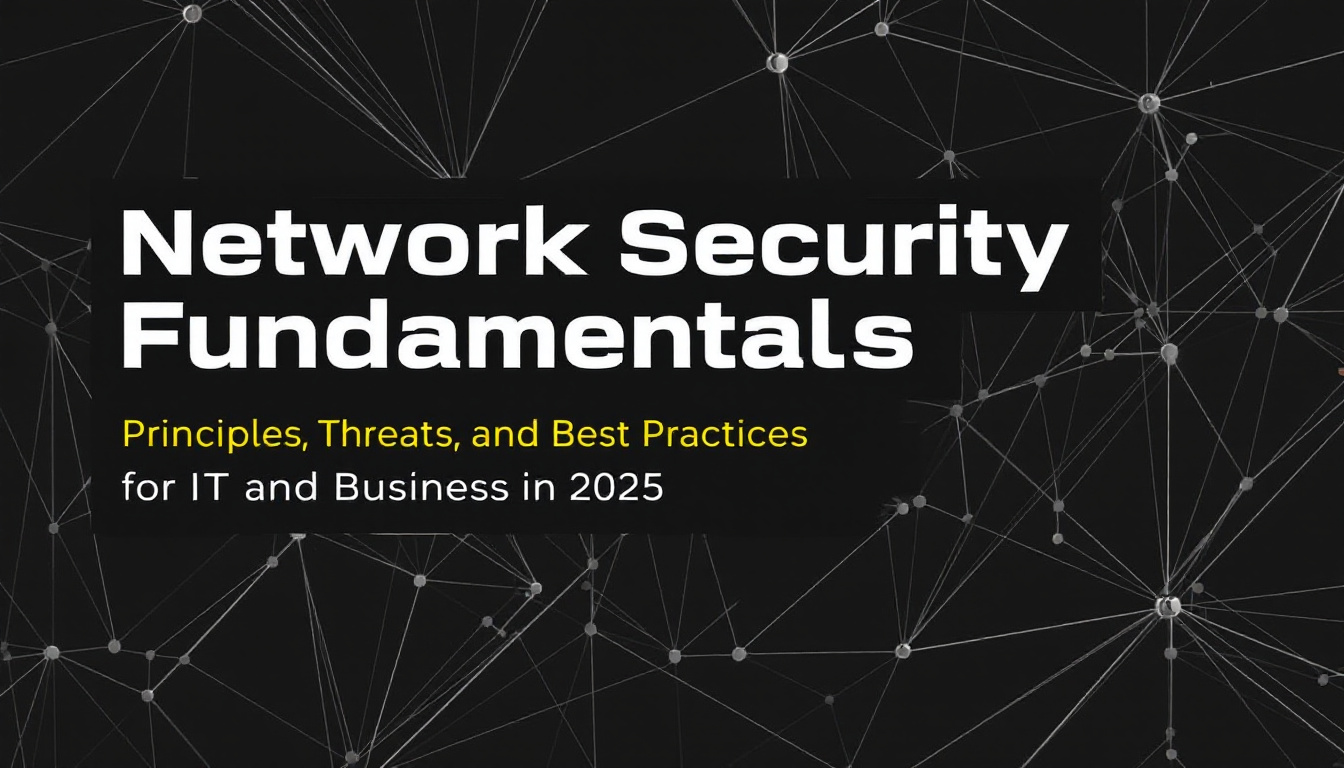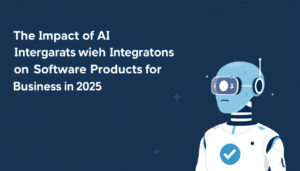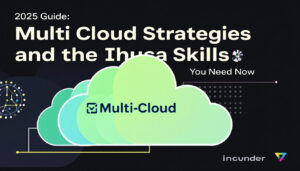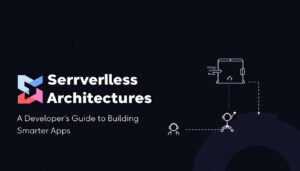Network security protects the confidentiality, integrity, and availability of data as it moves across networks and devices. Its importance grows as IT professionals, developers, electronics specialists, and businesses face more threats and regulatory requirements each year. Organizations need strong practices that reduce risks and prevent breaches. Reliable network security forms the backbone for safe digital operations, meeting both business and technical needs in a connected world.
Core Principles of Network Security
Network security stands on a framework known as the CIA triad: confidentiality, integrity, and availability. These three principles set the standards for managing digital information, no matter the environment. Each principle works with the others, forming a system that limits risk and protects assets. Their combined influence shapes security strategies for IT professionals, developers, electronics experts, and business leaders who need robust defenses.
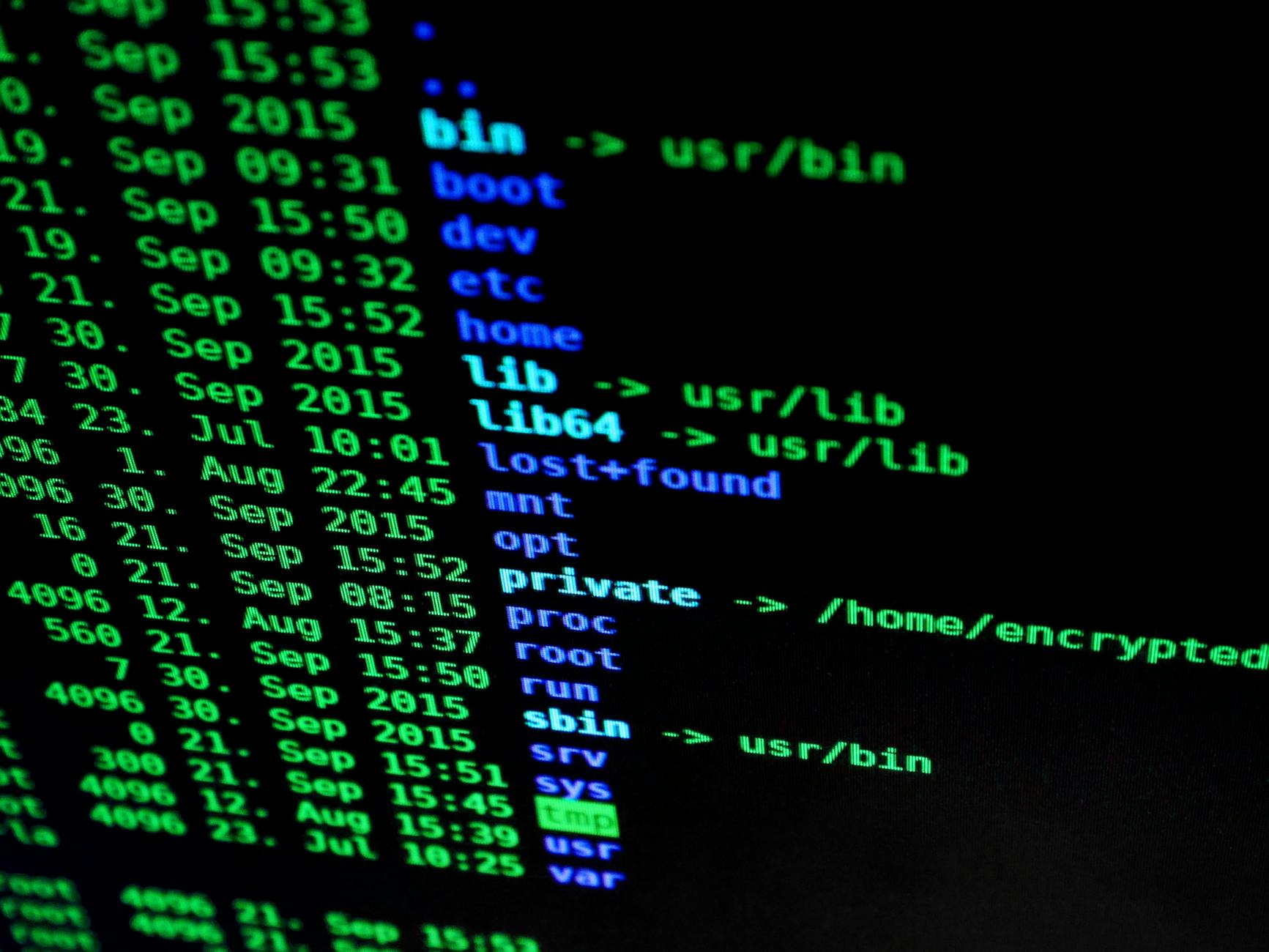
Photo by Pixabay
Confidentiality
Confidentiality means keeping sensitive data out of the wrong hands. This principle controls who can view or access certain information on a network. Common methods include strong passwords, encryption, multi-factor authentication, and proper permission settings. For example, employees in finance may have access to payroll files, while general staff do not. If these controls break down, sensitive data can be exposed, leading to regulatory trouble and loss of trust.
Practical controls for confidentiality:
- Encryption: Protects data in transit and at rest, making interception by outsiders less risky.
- Access controls: Restrict information based on roles and business needs.
- Authentication: Ensures only approved users enter the system.
Learn more about the CIA triad’s application in business here: What is the CIA Triad and Why is it important?.
Integrity
Integrity ensures that information remains accurate and unchanged except by those who are authorized. This stops unauthorized users from editing, deleting, or inserting bad data into your network or systems. Checksums, hashing, digital signatures, and audit trails help track changes and show if something has gone wrong. Banks, for example, rely on integrity controls to confirm that account balances and transaction logs have not been illegally altered during processing.
Key integrity controls include:
- Hashes and checksums: Verify file and data accuracy after transmission.
- Digital signatures: Tie data changes to authenticated users.
- Version control and audit logs: Show who changed what, and when.
For real-life examples of integrity protections, review this resource: Confidentiality, Integrity, Availability: Key Examples.
Availability
Availability keeps data and services up and running for authorized users when they need them. System outages, denial-of-service attacks, or accidental failures disrupt business and can erode consumer or partner trust. Using redundant systems, regular backups, patch management, and network monitoring can all support ongoing availability. For businesses, this might mean keeping e-commerce services online 24/7, or ensuring remote access remains stable for global teams.
Common techniques to promote availability:
- Backups and disaster recovery: Restore systems quickly after failure.
- Redundant hardware: Prevent a single failure from causing downtime.
- Monitoring and alerting: Detect and respond to service disruptions before users notice.
To understand how all three principles interlock for strong security, you can read about real-world case studies at What is the CIA Triad? Definition, Importance, & Examples.
Mastering confidentiality, integrity, and availability lets organizations build a strong security culture and architecture. These principles offer a proven foundation on which to build modern security policies that meet current standards and threats. For practical security solutions and further reading, visit the section on technologies that support these goals: /cloud-computing-security-features/.
Common Cyber Threats and Vulnerabilities
Cyber threats continue to adapt, targeting network environments in both simple and complex ways. The risks do not just stem from outside attackers; they can also emerge from within organizations or through the everyday tools people rely on. Understanding the main types of threats and how vulnerabilities are introduced is essential for anyone responsible for IT, software development, electronics, or business operations.

Photo by Tima Miroshnichenko
Malware
Malware is a general term for malicious software, including viruses, worms, spyware, and Trojans. Once inside a network, it can disrupt operations, steal information, or allow outsiders access to confidential systems. Malware spreads through email attachments, infected downloads, and compromised devices.
Key characteristics of malware include:
- Enabling unauthorized access.
- Damaging files and system infrastructure.
- Collecting sensitive data covertly.
Regular system updates and up-to-date anti-malware programs offer effective defense. A detailed look at common cyber threats, including malware, is available at Cyber Threats and Vulnerabilities.
Phishing
Phishing uses deceptive emails, messages, or websites that mimic trusted contacts or brands. Attackers use these tactics to gain confidential information—often passwords, financial details, or network credentials. Phishing remains highly effective because it relies on social engineering rather than exploiting technical flaws.
Some common tactics:
- Fake login pages for banking or corporate sites.
- Requests for urgent payments or password resets.
- Emails that include malicious links or attachments.
Phishing success depends largely on human interaction, which underscores the importance of staff awareness and training.
Ransomware
Ransomware encrypts data or locks systems until a ransom is paid. It targets individuals and business networks, causing service disruptions and financial losses. Recovery can be slow, even when payment is made, and there is no guarantee that attackers will restore access.
Key features of ransomware:
- Demands for cryptocurrency payments.
- Spreads through compromised email or vulnerable remote access.
- Increasingly targets healthcare, local government, and corporate sectors.
Frequent data backups and segmented networks help reduce the impact of an attack. More information on how ransomware operates can be found at CISA: Cyber Threats and Advisories.
Distributed Denial-of-Service (DDoS) Attacks
DDoS attacks overwhelm a network, server, or website with traffic. The goal is to render digital services unavailable to legitimate users. Botnets—networks of compromised devices—are common tools for orchestrating large-scale DDoS operations.
Critical facts about DDoS threats:
- They disrupt business operations and harm reputations.
- The impact can last from minutes to days.
- Mitigation often requires specialized security solutions.
Insider Threats
Not all threats come from external sources. Insider threats involve employees, contractors, or authorized users misusing their access. This risk can result from negligence, financial motivation, or personal grievances.
Typical insider threat examples:
- Unauthorized transfer or deletion of sensitive data.
- Abuse of administrative privileges.
- Unintentional disclosures through poor security habits.
Effective security monitoring systems and the principle of least privilege can reduce this risk.
Software Vulnerabilities
Software vulnerabilities are flaws or weaknesses found in code, designs, or system configurations. Attackers exploit these gaps to gain access or elevate privileges. They can be present in operating systems, applications, or network tools. Examples include buffer overflows, SQL injection points, and unpatched libraries.
To manage software vulnerabilities:
- Maintain an up-to-date patch schedule.
- Test and review software before deployment.
- Use vulnerability assessment tools.
For a glossary on this topic, visit Software Vulnerability – Glossary | CSRC.
Hardware Vulnerabilities
Hardware vulnerabilities are rare but can be serious. Weaknesses at the firmware or chip level enable attackers to bypass security controls. Physical access to devices, insecure wireless chips, or default passwords on network equipment are frequent causes.
Preventative steps include:
- Buying equipment from reputable vendors.
- Thoroughly reviewing hardware specifications.
- Updating device firmware regularly.
For organizations using cloud environments or microcontrollers, staying current on known hardware weaknesses is critical. For more security technologies relevant to hardware, see /iot-security-best-practices/.
Human Error
Human error is a major factor in most security breaches. Mistakes like weak passwords, misconfigured devices, or responding to phishing messages open doors for attackers. According to recent research, human error accounts for a significant percentage of breaches, often making it the most persistent risk factor in business and IT operations.
Common sources of human error:
- Poor password management.
- Inadequate security training.
- Accidental sharing of confidential information.
Building a culture of cybersecurity awareness can help reduce these risks. A deeper analysis is provided at The Role of Human Error in Successful Cyber Security Breaches.
By understanding these threats and vulnerabilities, professionals across IT, development, electronics, and business functions can better protect their networks against both familiar and evolving risks.
Best Practices for Network Security Implementation
Strong network security requires careful planning and disciplined action. Consistent application of essential methods across access management, threat detection, endpoint security, encryption, and monitoring helps reduce risk. Each area supports the network’s confidentiality, integrity, and availability, creating a defense against ever-changing threats.
Access Control Methods
Access control restricts who can view or use resources on a network. An effective access control strategy includes policies that only allow necessary permissions. This reduces the risk of unauthorized access to sensitive data.
Common access control methods:
- Role-Based Access Control (RBAC): Assigns permissions based on job roles. Only authorized employees can access mission-critical resources.
- Mandatory Access Control (MAC): Uses strict policy enforcement by system administrators. Users cannot change access settings, which helps prevent internal data leaks.
- Discretionary Access Control (DAC): Gives resource owners control over user permissions, suitable for environments with varied data sharing needs.
- Multi-Factor Authentication (MFA): Requires at least two forms of verification, such as a password and a phone code, for stronger user validation.
Reliable access control limits internal and external risks. Regular audits help ensure permissions remain up to date.
Firewalls and Intrusion Detection Systems
Firewalls act as barriers between trusted and untrusted networks. They filter traffic based on established rules, blocking unwanted communication and preventing many types of attacks.
Key components:
- Network Firewalls: Use rules to allow or block traffic between networks.
- Host-Based Firewalls: Protect individual devices or endpoints, using customized rules per machine.
- Intrusion Detection Systems (IDS): Monitor network or system traffic for suspicious behavior. IDS solutions alert administrators to potential attacks but do not block threats automatically.
- Intrusion Prevention Systems (IPS): Detect and prevent identified threats in real time, acting immediately when specific patterns appear.
Pairing firewalls with IDS/IPS adds depth to detection and response efforts. Layered security offers a stronger defense than a single tool alone.
Antivirus and Endpoint Protection
Endpoints such as laptops, desktops, and mobile devices are common entry points for malware. Robust antivirus solutions are necessary to scan, detect, and respond to malicious code.
Important best practices:
- Install trusted antivirus software: Choose proven solutions and keep them current.
- Regular scanning: Schedule automatic scans to catch new threats before they spread.
- Ensure device compliance: Only allow secure and up-to-date devices to connect to the network.
- Use endpoint detection and response (EDR): Advanced tools monitor devices for suspicious activity and can quarantine as needed.
iPhone users in particular can benefit from using a Free Antivirus Scanner for iPhone for effective scanning and cleaning tips. This adds another layer of defense for personal and business mobile devices.
Data Encryption
Encryption protects data from unauthorized viewing, both when stored and during transmission. Successful encryption makes intercepted data unreadable, limiting damage even if a breach occurs.
Key points for applying encryption:
- Encrypt sensitive files and databases on all servers and local machines.
- Use strong protocols like AES-256 or TLS for communication over networks.
- Manage encryption keys securely. Key management reduces the risk of unauthorized decryption.
- Automate encryption for cloud backups and stored files.
Organizations that operate in regulated industries or handle personal information must follow strict encryption guidelines. For additional security measures in cloud and storage, the guide on Google Drive vs OneDrive vs Dropbox points out how encryption works across top solutions.
Continuous Monitoring and Incident Response
A strong network security posture is not set-and-forget. Ongoing, real-time monitoring identifies new threats and abnormal patterns of activity.
Core practices:
- Real-time monitoring: Uses automated tools to spot security events as they occur.
- Regular audits: Evaluate the effectiveness of existing controls.
- Incident response plans: Outline action steps in the event of a breach or suspicious event. Response time and coordination matter.
- Log management and analysis: Retain and review logs to identify trends or repeated threats.
- Security Information and Event Management (SIEM): Centralizes logs and alerts for faster investigation and response.
 Photo by Antoni Shkraba Studio
Photo by Antoni Shkraba Studio
Monitoring and quick response close the gap between a detected threat and a contained incident. The sooner teams act, the lower the risk of damage or data loss.
Emerging Trends and the Role of AI in Network Security
Network security is facing new challenges in 2025 as attack methods become more sophisticated and organizations expand their digital infrastructure. Innovations in artificial intelligence, heightened demand for zero trust models, and the growing use of connected devices are all reshaping security strategies. Adapting to these trends is now necessary for anyone managing IT, development, or business systems.
AI-Driven Threat Detection
 Photo by Google DeepMind
Photo by Google DeepMind
Artificial intelligence is transforming the way organizations detect and respond to cyber threats. Unlike traditional tools that rely on fixed signatures or rule sets, AI-powered systems learn from vast amounts of data and adapt to new attack patterns in real time. This ability reduces detection time and flags unusual network behavior faster than manual analysis alone.
Benefits of AI in threat detection include:
- Automated analysis of network traffic for early detection.
- Identification of unknown threats (zero-day attacks) that signature-based tools often miss.
- Streamlined alert responses that help security teams focus on the most urgent risks.
As you review the implications of advanced AI tools, it is critical to understand the broader context of their deployment, strengths, and inherent risks. For a deeper look at these considerations, read about AI Agents: Roles and Risks.
For those tracking the latest security technologies, the consensus among experts is clear: AI is now an indispensable part of threat detection and response systems. This movement is set to grow as both threats and defenses become more complex. Recent reports confirm these trends, noting that AI also helps manage machine identities and streamline detection efforts across large, distributed networks. For a broader perspective, see the 10 Cyber Security Trends For 2025.
Zero Trust Architecture
Zero trust architecture eliminates implicit trust in any device, application, or user—inside or outside the organization’s network. Instead, every connection and request must be authenticated and authorized. This model supports a policy of “never trust, always verify,” greatly reducing the risk posed by lateral movement after a breach.
Core elements of zero trust:
- Micro-segmentation of networks to limit access and control the spread of attacks.
- Continuous verification of user and device identity before granting access.
- Application of least-privilege principles for both users and workloads.
Companies adopting zero trust find it lowers the risk of insider threats and provides a resilient defense against attacks that exploit compromised accounts. As remote work and cloud adoption increase, this approach gives IT and security teams a clearer and more controlled view of network activity. To learn how cloud environments benefit from these practices, visit the section on cloud computing security features.
Security for IoT and Mobile Devices
Internet of Things (IoT) devices and mobile endpoints now make up a significant part of many networks. While they streamline operations and provide useful data, they also expand the attack surface. Many IoT products lack strong built-in security, making them potential targets for attackers.
Effective steps for strengthening IoT and mobile device security:
- Segment IoT devices from core business systems to isolate risks.
- Update device firmware regularly to patch vulnerabilities.
- Use endpoint detection and response solutions for tablets, smartphones, and connected sensors.
Securing all devices—in offices, factories, or remote locations—requires ongoing effort and attention to device management. For detailed IoT protection strategies, refer to IoT security best practices, where actionable steps for business, industrial, and consumer devices are covered.
Emerging network security trends highlight the urgency for continuous adaptation and smarter tools. By integrating AI, enforcing zero trust, and addressing device risks, organizations can better defend against the latest threats.
Conclusion
Modern network security requires continuous attention from IT teams, developers, electronics professionals, and business leaders. Strong defenses are built on clear principles, regular assessments, and disciplined action against threats.
Staying informed about current risks helps professionals strengthen their strategies and reduce exposure to attacks. Regularly reviewing security measures and adopting new solutions—such as AI-driven detection or updated access control—improve resilience across all networks.
For organizations seeking guidance on advanced cybersecurity techniques, the resource on /cybersecurity-unlocking-future-protection/ offers practical advice on future-ready protection.
Maintaining strong network security is an ongoing responsibility. Continue evaluating your systems and share your experience with trusted peers to help drive improvements industry-wide. Thank you for reading and contributing to a safer digital environment.

